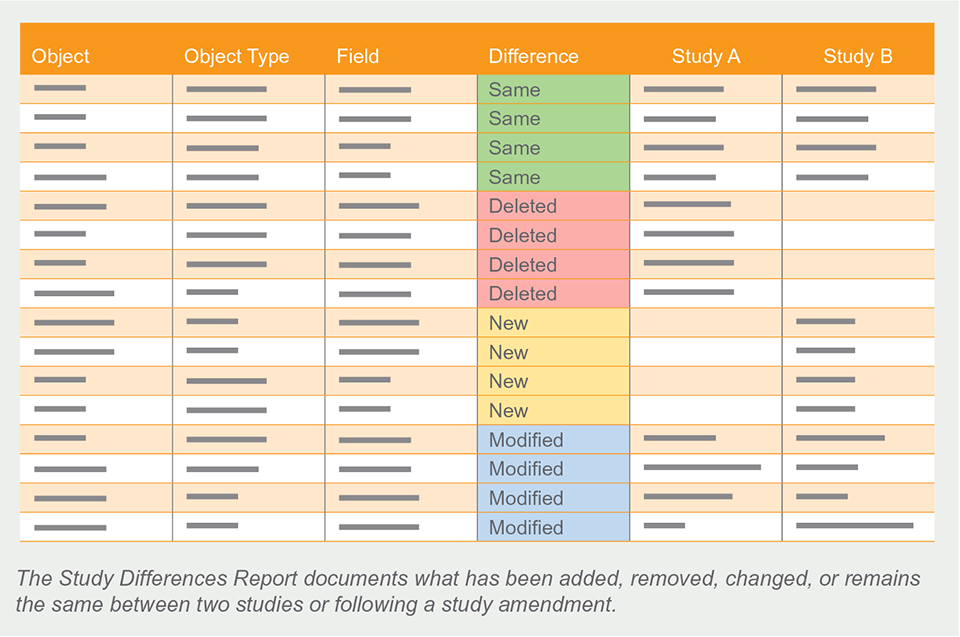Blog
How UAT Innovations are Shaving Weeks off EDC Builds
Jul 10, 2019 | Richard Young
Jul 10, 2019 | Richard Young
Veeva and Vertex talk about the opportunity for process and technology innovations to reduce UAT timelines by over 50%.
User Acceptance Testing (UAT) is the second most common cause of database build delays. While running your existing process faster may save you a few days, to shorten your build times by a few weeks, the traditional UAT process must change.
Using an Agile Design methodology, Veeva cut the study build and release time for Vertex by over 50%. Implementing an interactive UAT process with real-time updates contributed to their time savings. During their first two study builds, Veeva and Vertex discussed how a risk-based approach to UAT could save additional time and effort. Vikas Gulati, executive director of data management and metrics at Vertex Pharmaceuticals, and Richard Young, vice president of clinical data strategy at Veeva, discussed four ways to reduce the burden and duration of UAT for EDC systems.
As an outcome of this discussion, Vertex and Veeva established the following key performance indicators for study start-up and protocol amendments:
 * 2018 numbers reflect the typical duration prior to Vertex working with Veeva Vault CDMS.
* 2018 numbers reflect the typical duration prior to Vertex working with Veeva Vault CDMS.
No UAT for Approved/Validated Database Elements
Richard: One place where we can really save time is in reducing the number of forms and edit checks that require UAT. Ideally, if you test a form or an edit check in one study and re-use those elements in the next study, you wouldn’t need to UAT them again.
Vault CDMS delivers a fully productized “Study Differences Report” that shows exactly what has changed between one study version and another. Wherever we can prove that nothing has changed from one study to the next, you should not need to test them again (assuming of course, the original source is a tested/validated environment).
Vikas: Your Study Differences Report was particularly exciting for us because re-use in our case report forms (CRFs) is such a priority. A key part of our approach to building studies is using standards. We have an extensive, well-governed standards library and encourage as much re-use as possible. That helps on quality and consistency but didn’t save us time on UAT because there was no validation that a change hadn’t been made.
With Veeva’s Study Differences Report, we will no longer need to UAT standards that haven’t changed from one study to the next. We are very excited for how it will reduce the number of checks that need UAT and the overall UAT burden. This is a prime example of technology enabling a process change. The differences report in Vault CDMS plays a critical role in changing an acceptance process that has been stagnant for decades.
Moving from Ping-Pong UAT to Live UAT Roundtables
Vikas: Another major time-saver is moving away from the ping-pong approach for UAT to a live UAT roundtable. Traditionally, there is lots of back and forth. The vendor does a UAT, sends us the database. We do our UAT, send them comments. The vendor makes the updates, sends it back to us and we do another round of UAT. And it takes a while to get comments from all the different stakeholders, so each of these ping-pong exchanges lasts a one week or two.
With Veeva performing our builds, we have an interactive roundtable approach to UAT. As we are reviewing and providing feedback, the software is getting updated right then and there. We can communicate our feedback and test the updates in real-time. Live, interactive UATs are a game changer, saving a good three to four weeks from our timeline.
 *Create and fulfill medical inquiry requests from directly within Veeva Vault MedComms
*Create and fulfill medical inquiry requests from directly within Veeva Vault MedCommsRichard: This is another process innovation enabled by technology. Veeva provides an Agile Design approach that allows for collaboration and rapid iteration. Changes in Vault CDMS are immediately reflected in the user interface; and the system automatically generates a “spec” documenting the current design, so you don’t need to manually document the desired change before it gets made. These real-time changes and automated specification documents minimize the process overhead and delays associated with design changes.
Vikas: My colleague, Michelle Harrison, pointed out that during UAT for the first Veeva build, we had trouble keeping up. At one point, we had completed what was typically three rounds of UAT in about two days. Just as soon as we had provided feedback, it was already incorporated and we were QC’ing and double checking again.
The above discussion was drawn from conversations between Vertex and Veeva throughout the early part of 2019.